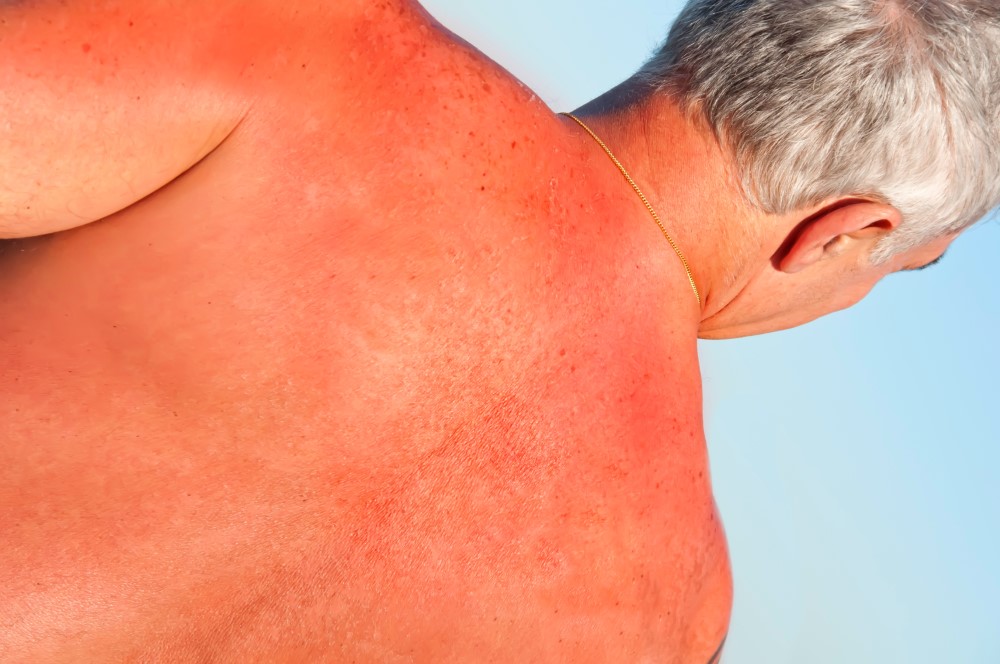Cases of skin cancer in people over the age of 65 will increase in the coming decades
Research analyzing data from more than 200 countries concludes that people over the age of 65 will face an increase in skin cancer cases over the next two decades. The study, published in JAMA Dermatology, used data from 1990 to 2021 and made estimates through 2050. Men and people living in countries with higher sociodemographic indices showed a higher incidence.

Alfonso Berrocal - cáncer piel mayores 65
Alfonso Berrocal
Associate Professor of Oncology, Faculty of Medicine and Dentistry, University of Valencia; Chief Physician of the Medical Oncology Department, Valencia University General Hospital Consortium
The main interest of this epidemiological study lies in the large population analyzed from a large global database and the fact that its conclusions focus on patients over 65 years of age, a population that is rapidly growing due to increased life expectancy, which is leading to an aging population. It informs us that melanoma (the most lethal of skin cancers) has possibly stabilized due to preventive measures, but that other types of skin cancer are on the rise, with squamous cell carcinoma accounting for a significant proportion of disability and deaths from the disease, highlighting the need to address these neoplasms from a preventive standpoint.
The study is of high quality, above all due to the volume of cases analyzed, and the conclusions and data observed fit perfectly with current experience in the field. The main confounding factor is the increase in cases simply due to population growth, but this has been taken into account by the authors and corrected with standardized rates.
The implication for the future is that squamous cell skin cancer will be a major health problem in the coming years and that prevention and early diagnosis measures must be implemented.
Marisol Soengas - cáncer piel 65
Marisol Soengas
Head of the Melanoma Group at the Spanish National Cancer Research Centre (CNIO)
The study is important because, although it is generally known that the incidence of skin cancer has been increasing for decades, statistics are incomplete and there are no good predictors of future trends. There are also no comprehensive publications on the impact of geographical distribution (which they consider to be related to socioeconomic status) on different age groups.
This study analyzes the incidence, prevalence, and health impact (relative loss of years due to disability) of the three most common types of skin cancer: melanoma, basal cell carcinomas, and squamous cell carcinomas, and estimates predictions for the year 2050.
One limitation of the study is that it is restricted to people over the age of 65. This consideration probably reflects the fact that people of this age traditionally accumulate more molecular alterations and more cellular damage in the skin, but it would have been interesting to analyze a younger population that is also at risk of developing this type of tumor.
The most relevant results highlight that, although the incidence and prevalence of different types of cancer have increased in the study period (1990-2021), mortality rates and years of life lost in patients with melanoma have decreased, and an even greater reduction of 45% is expected by 2050. This is good news.
The authors do not analyze the causes, but they are probably related to improvements in prevention, early diagnosis, and the development of more efficient treatments.
Squamous cell carcinoma is also on the rise (in 2021 there were 1.4 million new cases), particularly in men (230% more common than in women). A reduction in the number of deaths is also expected.
The worst news concerns basal cell carcinoma. This is the most common tumor (2.8 million new cases in 2021), with the highest mortality and loss of quality of life (morbidity related to years lost due to disability). These figures and trends are worse in men and, curiously, in countries with high socioeconomic status. Sun exposure, increased aging, and different lifestyles seem to worsen the incidence of skin cancer in countries that should have better health systems.
Ruiyao Wang et al.
- Research article
- Peer reviewed
- Observational study
- Modelling



